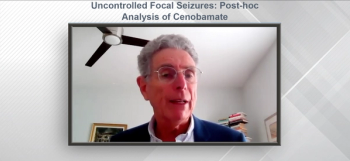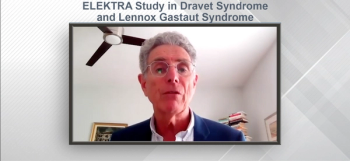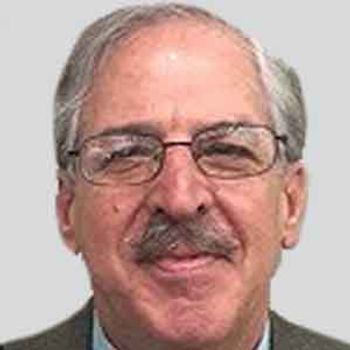
Across all surgical procedures, the percentage of patients with seizure freedom for at least 12 months ranged from 20% to 35.7% for patients receiving cenobamate.

Across all surgical procedures, the percentage of patients with seizure freedom for at least 12 months ranged from 20% to 35.7% for patients receiving cenobamate.
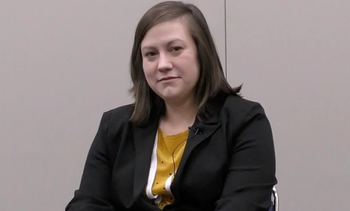
The scientific director at the Dravet Syndrome Foundation commented on the concern associated with vaccination in this patient population, noting that investigators have not observed an exacerbated risk profile with the COVID-19 vaccines. [WATCH TIME: 2 minutes]

The staff epileptologist at Cleveland Clinic’s Epilepsy Center discussed the current state of seizure tracking applications, their limitations, and their untapped potential to be integrated in clinical care and with electronic medical records.

In total, 6.4% of those with intellectual disability achieved seizure freedom and 37.5% had at least a 50% responder rate after treatment with perampanel.

While typically thought of as a disease that affects younger populations, Rebecca O’Dwyer, MD, stressed the importance and nuances of caring for older adults with epilepsy.

The scientific director at the Dravet Syndrome Foundation discussed a recent survey asking caregivers about the experiences of patients with DS following COVID-19 vaccination. [WATCH TIME: 3 minutes]

Findings presented at AES 2021 included data from children with tuberous sclerosis complex and drug refractory epilepsy who were not candidates for epilepsy surgery.
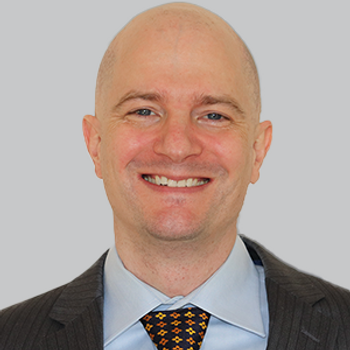
Four out of 6 patients with CDKL5 deficiency disorder and comorbid Lennox-Gastaut syndrome had a decrease in frequency of major motor seizures when treated with ganaxolone.

Half of the patients who were on a flexible, longer-term Cognitive Behavioral Therapy-informed psychotherapy treatment schedule demonstrated improvements in seizure frequency by more than 50%.

At the 12-month mark, more than 64% of patients had remained on perampanel, with an overall mean retention time of 10.8 months.

The clinical psychologist at Cleveland Clinic discussed the potential of using cognitive behavioral therapy for treatment of psychogenic non-epileptic seizures on cognitive behavioral therapy. [WATCH TIME: 3 minutes]

Findings were presented at AES 2021, with 56.7% of patients reporting a 50% or greater reduction in seizure frequency.
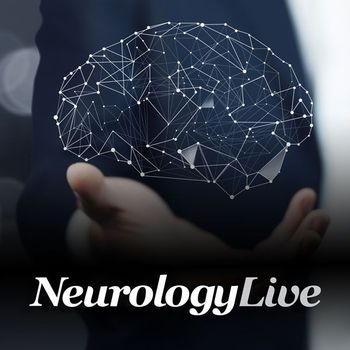
More than two-thirds of patients who received prednisolone after showing no response to vigabatrin demonstrated complete electroclinical response at 2 weeks, with most sustaining response at 6 weeks.

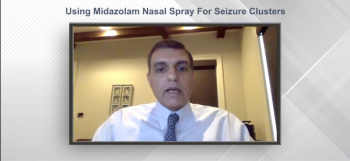
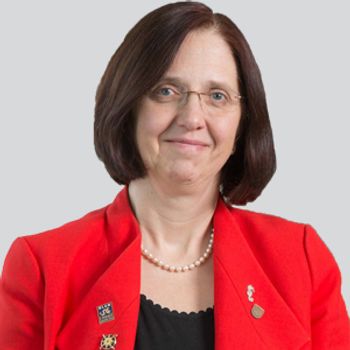
The director of the Dartmouth Epilepsy Program and chairwoman of AES 2020 discussed some of the major topics from the previously completed annual meeting and where epilepsy research is trending.

Despite significant improvements in Dravet syndrome, non-statistically significant reductions were observed in children with Lennox-Gastaut Syndrome.
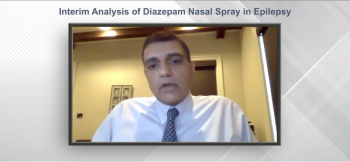
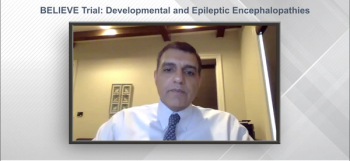
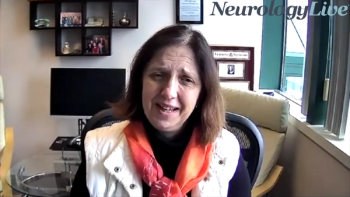
The director of the Dartmouth Epilepsy Program provided an overview of some of the critical unmet needs within ongoing epilepsy research following the recent AES Annual Meeting.
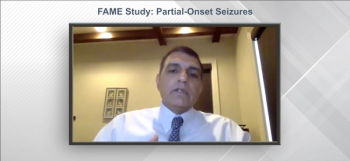

Data suggest that treatment-emergent adverse events with adjunctive brivaracetam increased in incidence by number of lifetime AEDs.

The neurologist from Cleveland Clinic discussed perampanel’s unique mechanism of action.

The director of the Dartmouth Epilepsy Program discussed a few of the notable highlights and themes from the recently completed American Epilepsy Society Annual Meeting.

The observed increase in QOLIE-31 scores for patients with refractory disease was driven by increases on the energy-fatigue domain.

Valproic acid’s efficacy as a monotherapy is complicated by its previously demonstrated unsuitability for pregnant women.
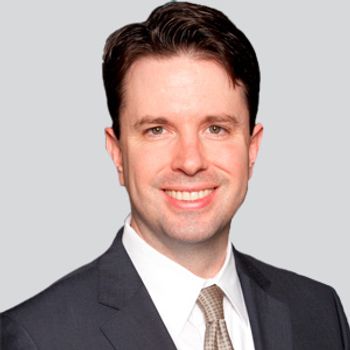
Specific health-related quality of life measures in physical activities, well-being, cognition, and social activities were improved among those who underwent the laser ablation procedure.
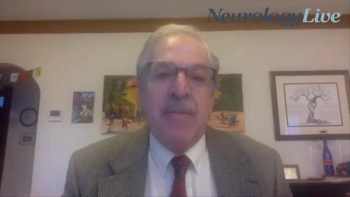
The neurologist from the Comprehensive Epilepsy Care Center for Children and Adults, in St. Louis, Missouri, also discussed future studies planned for cenobamate.
